Although silicone is used across several industries, it is not a one-size-fits-all. Usually, this elastomer is cured by adding chemical additives, also known as catalysts, to reinforce specific properties. The two common curing methods of silicone are platinum and peroxide curing. However, the resulting elastomer has different properties and applications.
This article explores platinum-cured and peroxide-cured silicone, including their specific applications, and how to choose one for your business.
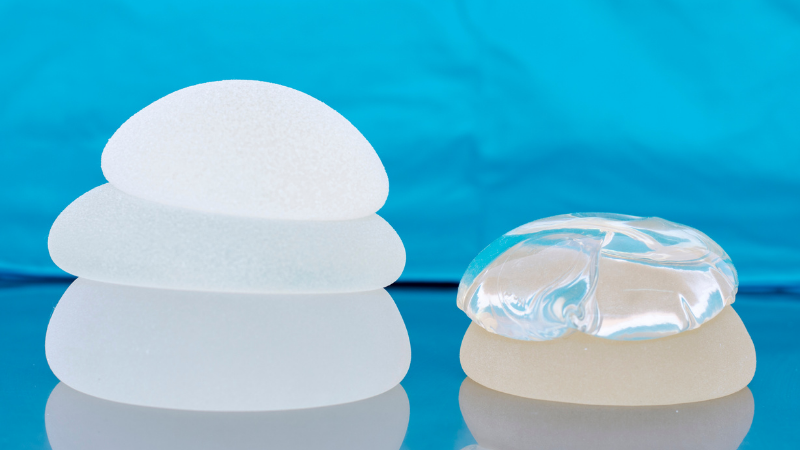
What is Platinum-Cured Silicone?
Platinum-cured silicone is a silicone material that has undergone curing in the presence of a platinum-based catalyst. This type of silicone material is also known as addition-cure silicone and is a pure, low-odor material. Platinum catalyst-cured silicone is a premium choice for businesses seeking quality and performance.
What is Peroxide-Cured Silicone?
Peroxide-cured silicone is cured in the presence of peroxide. Although this type of silicone material is cheaper, it has a longer shelf life than platinum-cured silicone.
Pros and Cons of Platinum-Cured Silicone
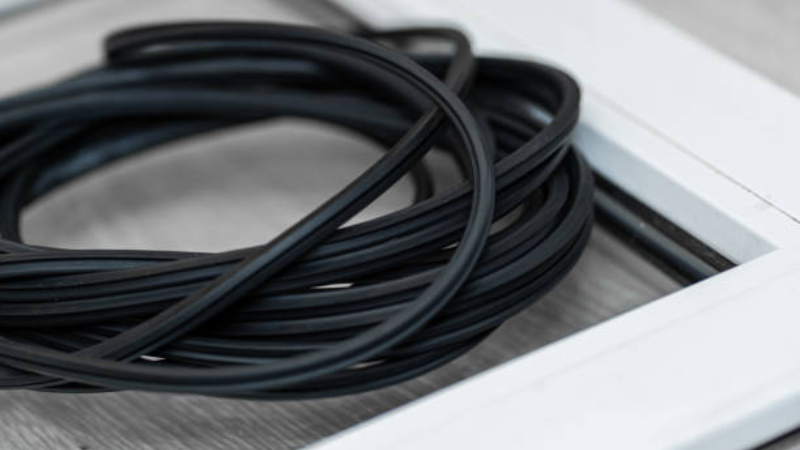
The pros of platinum-cured silicone include the following;
- Superior biocompatibility: platinum-cured silicone is hypoallergenic, making it suitable for several pharmaceutical and medical-grade applications. This type of silicone is also used to manufacture products that come in contact with the skin.
- Unmatched purity: platinum-cured silicone is considered the cleaner of the two types of silicone. Because of its non-yellowing characteristic, this type of silicone is often used in food-grade, pharmaceutical, and automotive applications.
- Improved physical properties: platinum’s curing process reinforces silicone’s physical properties. Hence platinum-cured silicone has outstanding mechanical strength, tear strength, and elasticity. The material also maintains its performance and flexibility over a wide temperature range.
- Platinum-cured silicone is visually more transparent, making it suitable for applications that require a clear silicone material.
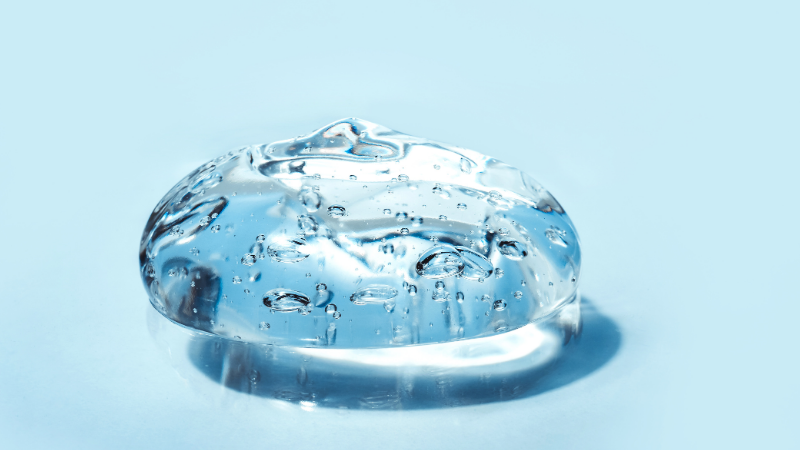
- Platinum-cured silicone can be used without talc.
- The addition cure system does not produce byproducts
- Improved tear and tensile strength
The cons of platinum-cured silicone include the following;
- Higher cost: platinum-cured silicone has a relatively higher processing cost than peroxide-cured silicone.
- Difficult processing: the curing process with platinum requires elevated temperatures
Pros and Cons of Peroxide Cured silicone
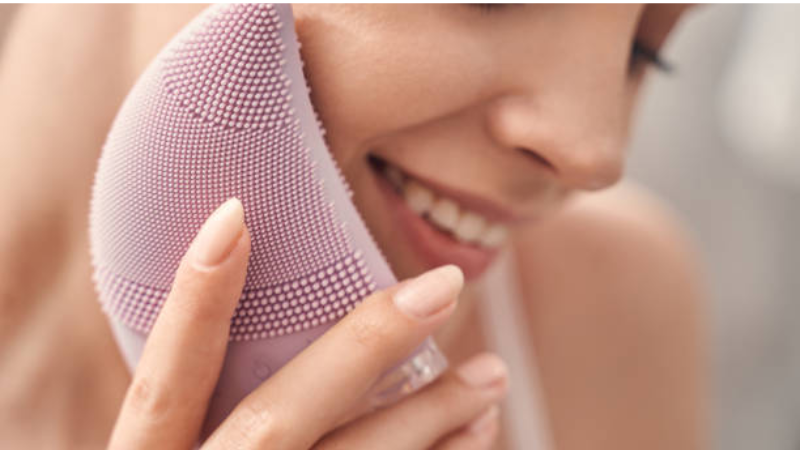
The pros of peroxide cure silicone include the following;
- Cheaper costs: the curing process of this type of silicone is more cost-effective. Although a cheaper material, peroxide-cured silicone still possesses good physical properties that make it ideal for several applications
- Easy processing: processing peroxide-cured silicones is relatively easy. This material can be cured at lower temperatures.
- Improved physical properties: curing silicone with peroxide improves its physical properties. Peroxide-cured silicone rubber exhibits a better compression set performance.
- Longer shelf-life: the peroxide cure increases the shelf life of this silicone
The cons of peroxide-cured silicone include the following;
- Lower purity: peroxide-cured silicone is less transparent than platinum-cured silicone. It is more translucent and may become yellow with time
- The curing process results in byproducts, which are mostly volatile organic acids
Specific Application of the Platinum-Cured and Peroxide-Cured Silicone
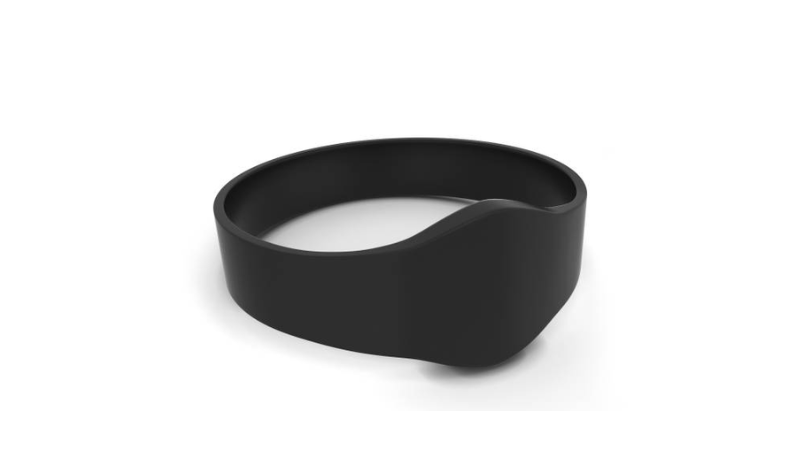
Platinum-cured silicones are used across several industries, including:
Medical devices
This type of silicone is used in the medical industry due to its biocompatibility and exceptional purity. Applications of platinum-cured silicone include implants and prosthetics, medical seals and gaskets, and surgical tubings and catheters.
Heavy-duty industrial applications
Platinum-cured silicone rubber is used in heavy-duty industrial applications requiring robust performance under harsh conditions. This type of silicone is used as industrial seals and gaskets for machinery, pipelines, and valves. It is also used as an insulation material for creating prototypes in molding and casting.
Transportation
Platinum-cured silicone is used for manufacturing gaskets and seals used in engines and cooling systems of automotive parts. It is also used for sealing aircraft doors and windows.
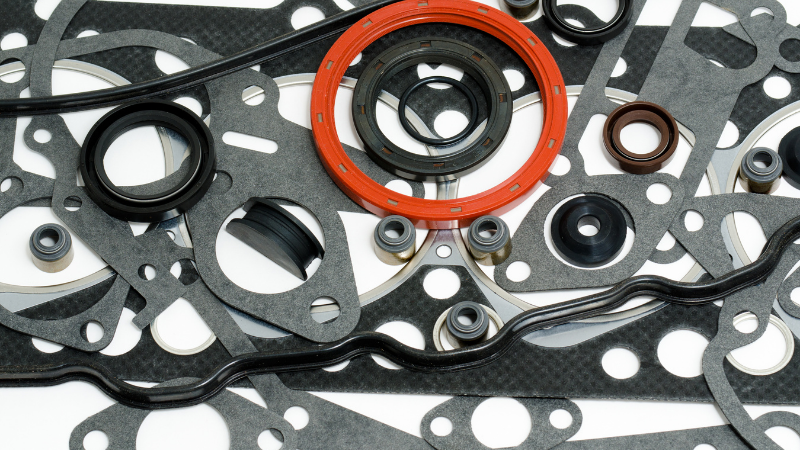
Energy sector
Platinum-cured silicones are used for electrical insulation in power distribution equipment and high-voltage cables. It is also used for sealing solar panels.
Electronics
Platinum-cured silicone elastomer is used in several electronics applications, including flexible connectors and interconnects. The elastomer protects sensitive electronic components from dust, vibrations, and electrical shock.
Space exploration
This type of cured silicone is used in thermal protection systems of spacecraft and re-entry vehicles. It also manufactures gaskets and seals to provide airtight and watertight sealing in a harsh vacuum.
Peroxide-cured silicones are used across several industries, including:
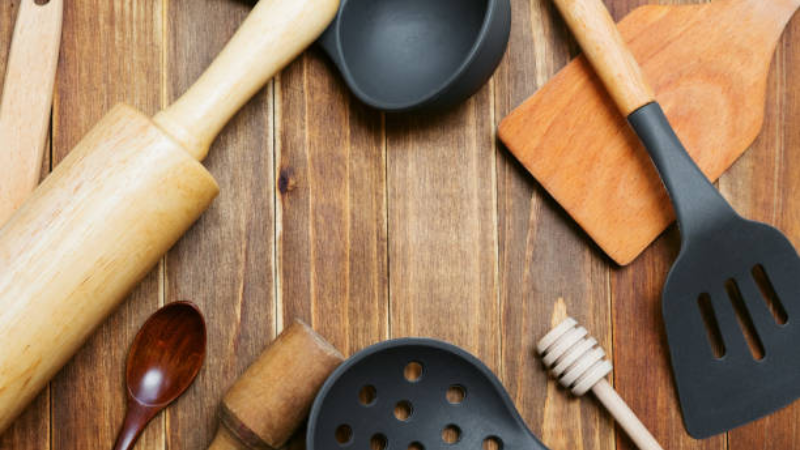
Consumer goods
Peroxide-cured silicone is often used in producing kitchenware and bakeware. Seals, gaskets in household appliances, and the silicone handle on kitchen utensils are also made from peroxide-cured silicone.
Electrical insulation
This silicone is used as an insulating material for wires and cables. It also creates gaskets and seals for electrical connectors, ensuring proper electrical insulation. Peroxide-cured silicone protects sensitive electronic components from moisture, dust, and other environmental factors.
Construction
Specific applications of peroxide-cured silicone in the construction industry include sealants for joints, seams, and glazing systems. It is also used as a filler in expansion joints.
Electronics
Peroxide-cured silicone is used for thermal insulation and management in the electronics industry. It also improves heat transfer and dissipation in electronic devices like power electronics and computer processors.
Jewelry

Peroxide-cured silicone makes watch straps, bracelet bands, and other flexible jewelry. The elastomer is also used to create molds for intricate jewelry parts.
Personal care
Peroxide-cured silicone is used in personal care items like bath sponges, exfoliating gloves, and face brushes.
How to Choose: Platinum-Cured vs. Peroxide-Cured Silicone
Although platinum-cured and peroxide-cured silicone has their base silicone polymer reinforced with chemical additives, they do not have the same properties. They are also not suitable for the same applications. Therefore, it is essential to consider certain factors before choosing one.
Things to consider before choosing platinum-cured or peroxide-cured silicone include the following;
Application Requirements
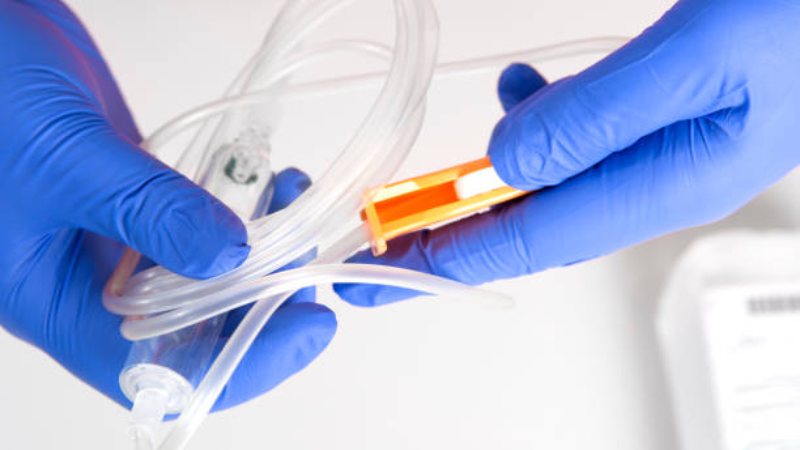
Consider your application and its requirements. Is purity important? Do you need a biocompatible material? Does the color of the silicone material matter in the long run?
Platinum-cured silicone is a better option if purity, appearance, and biocompatibility are essential considerations. However, if your application needs a cost-effective solution and the purity of the elastomer is not all that critical, peroxide-cured silicone is a better option.
Cost Considerations
Evaluate your budget and the cost-effectiveness of each option before choosing one. Although platinum-cured silicone has exceptional properties, it has higher upfront costs. On the other hand, peroxide-cured silicone is a cheaper alternative with a long shelf life.
Regulatory Compliance
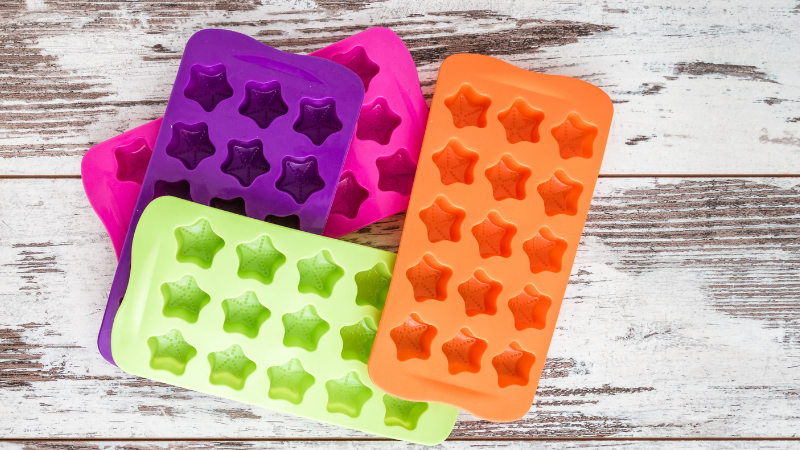
If your industry or application requires adherence to strict regulations, following them is critical. For instance, medical and food-grade applications require pure materials since they come in contact with the skin and food. In industries with strict regulations, platinum-cured silicone is usually the preferred choice due to its exceptional purity and safety.
Conclusion
Platinum-cured and peroxide-cured silicone are similar yet different. Peroxide-cured silicone is cheaper and has a longer shelf-life. However, platinum-cured silicone is purer and more suitable for applications requiring contact with food and the skin. Before choosing one of these two, it is essential to consider your application requirements and regulations to choose a suitable one.
Get High-Performance Silicone Rubber Solutions: Tailored for Your Business Needs!
Solve your toughest material challenges with Hongju Silicone‘s premium catalyst-cured rubber, which is expertly formulated for your exact temperature, chemical and performance requirements.
Get our free consultation and custom sample kit to experience the difference true silicone expertise makes now!